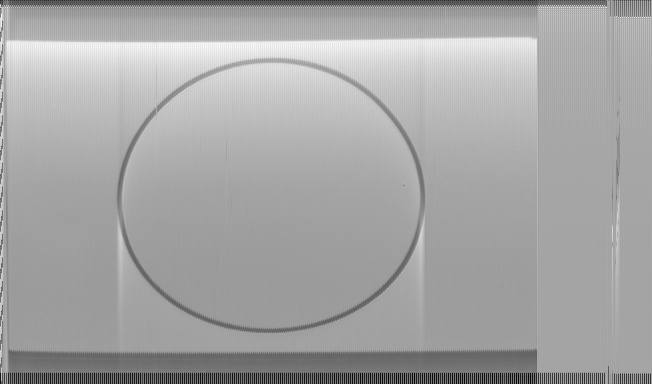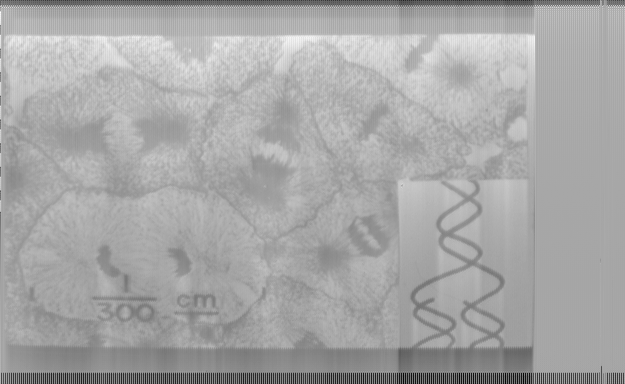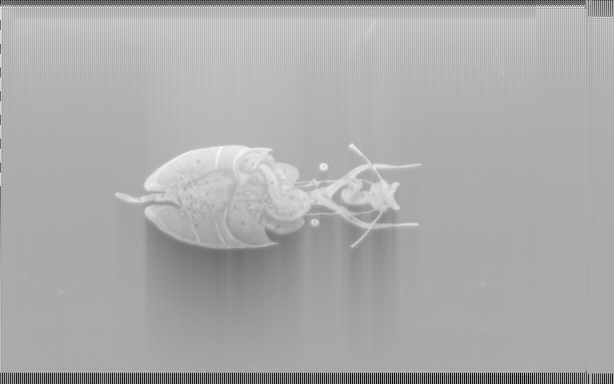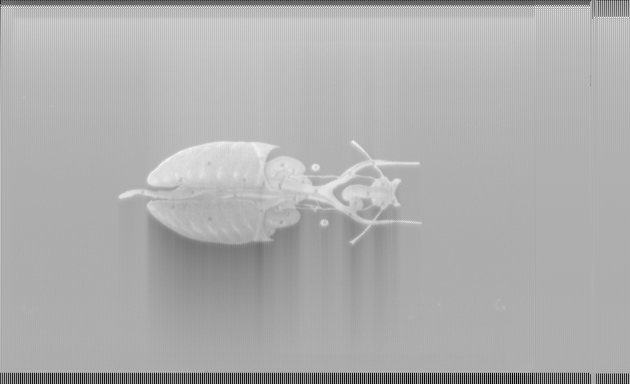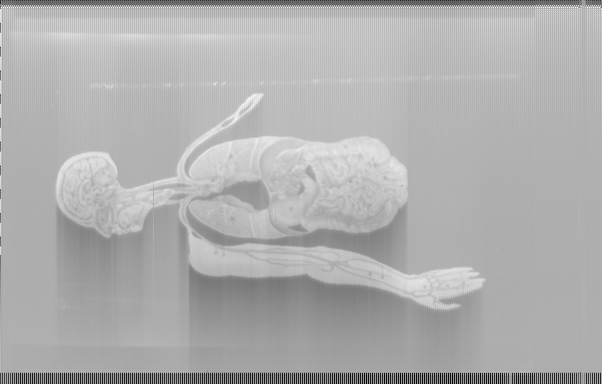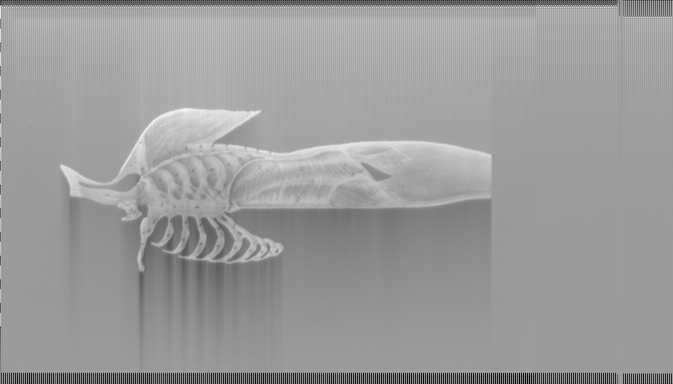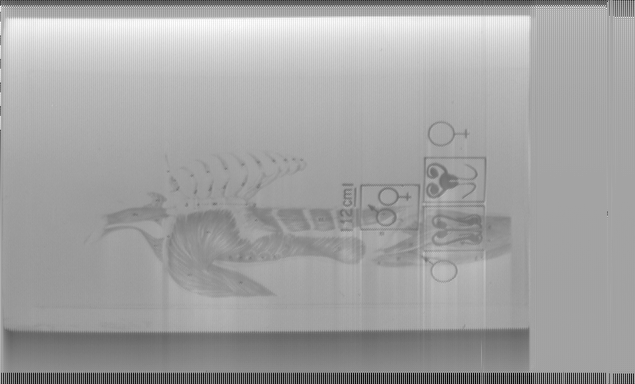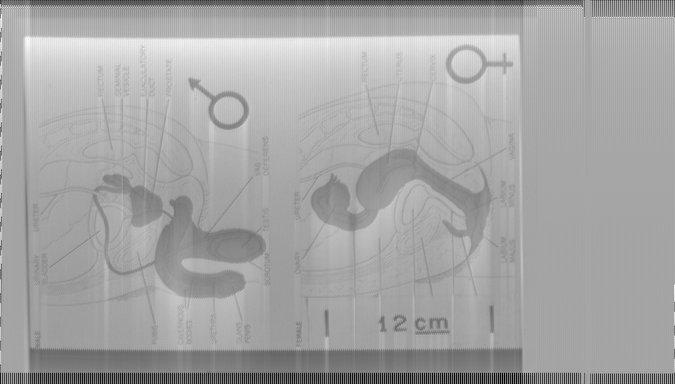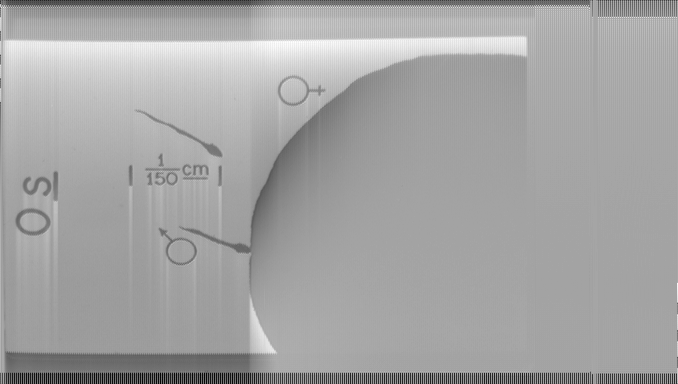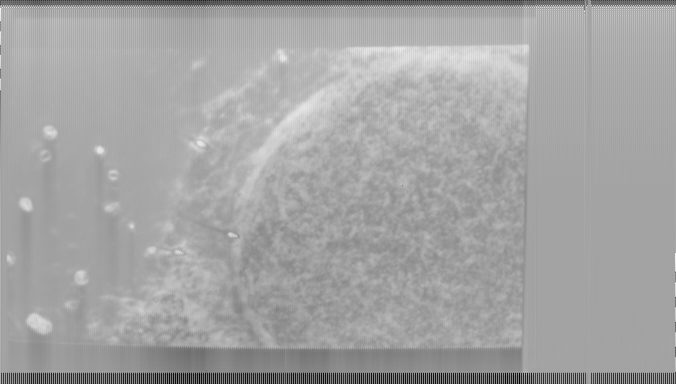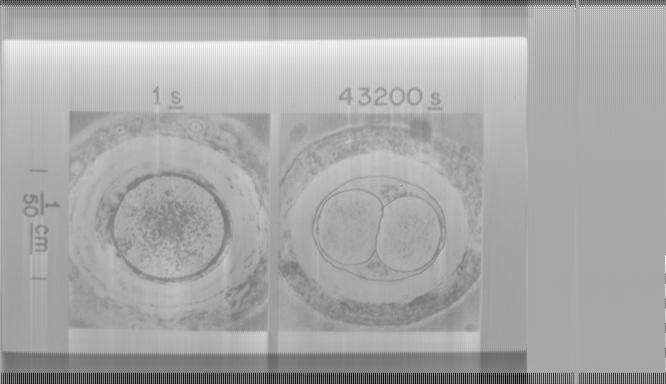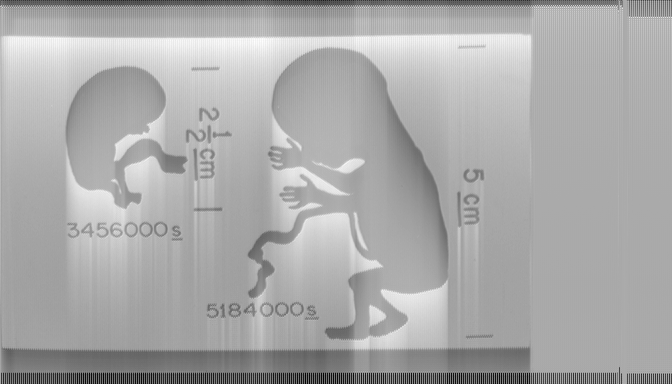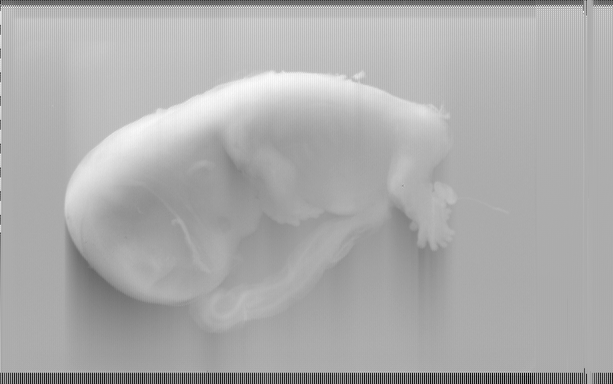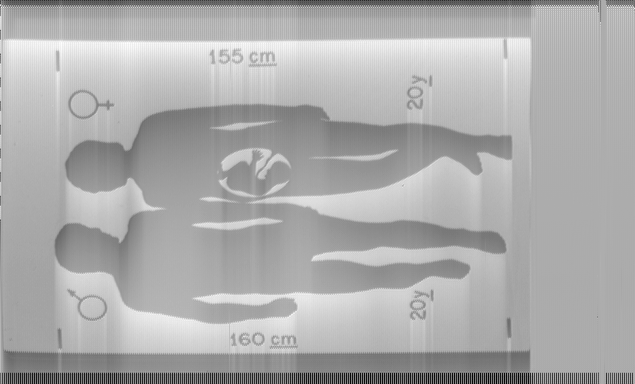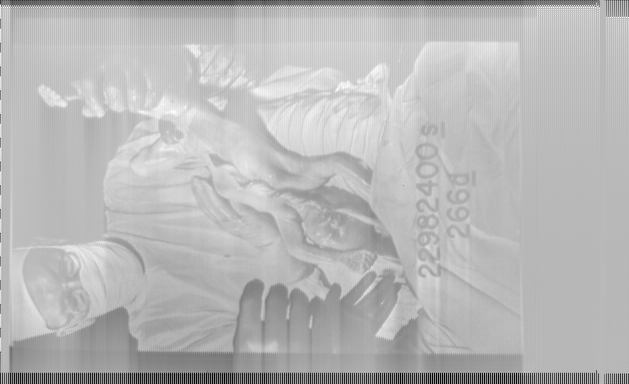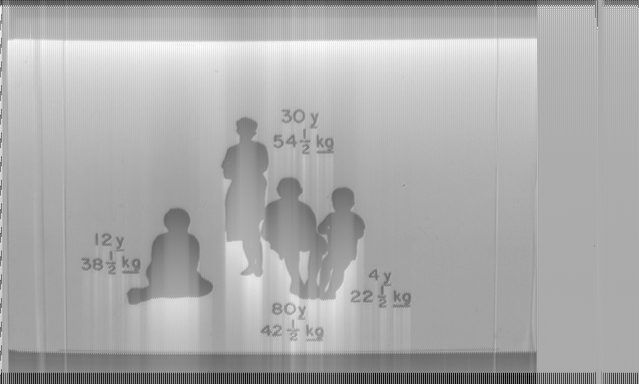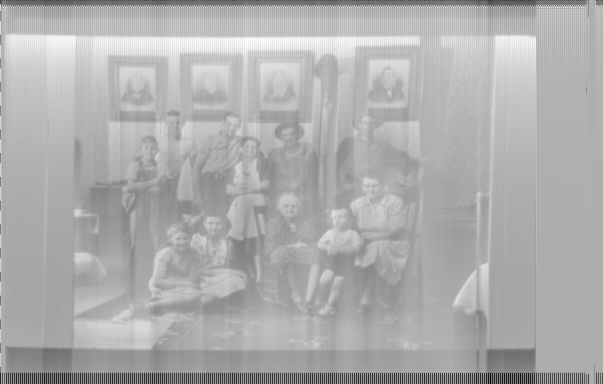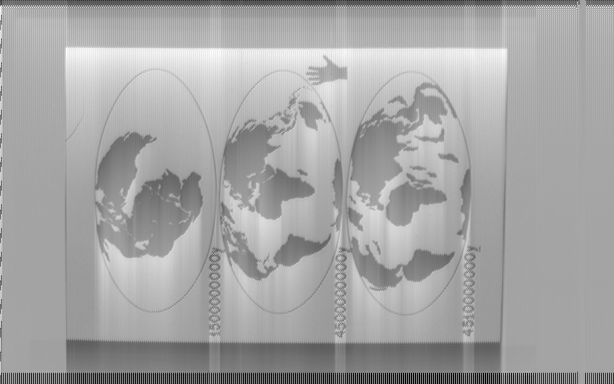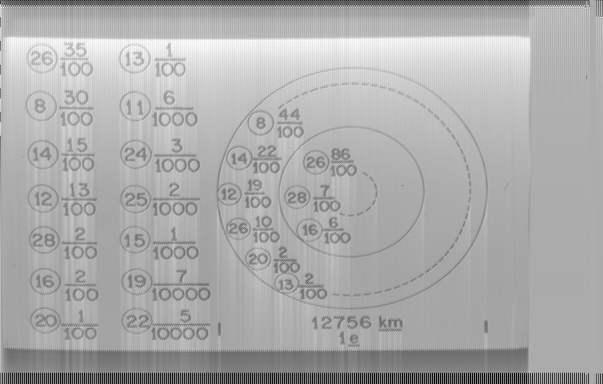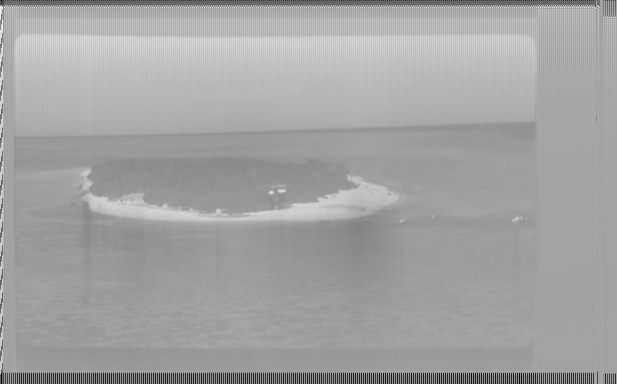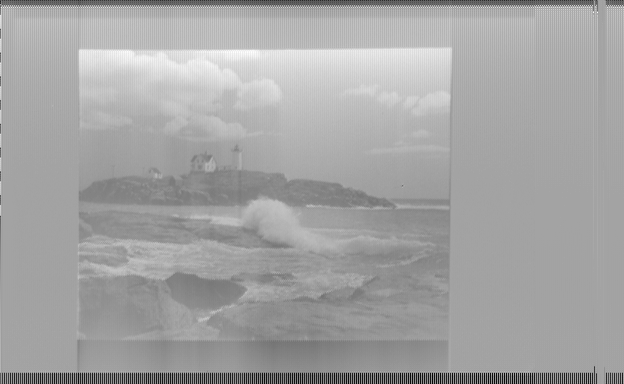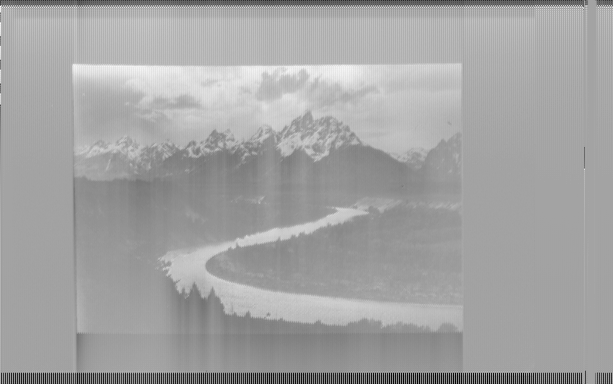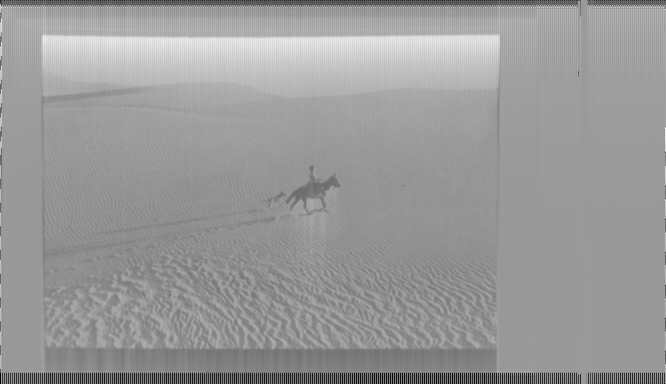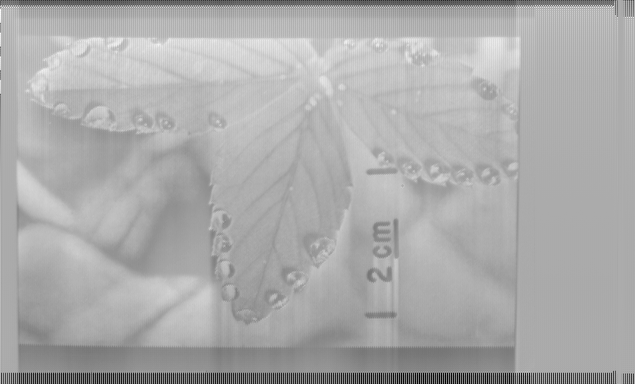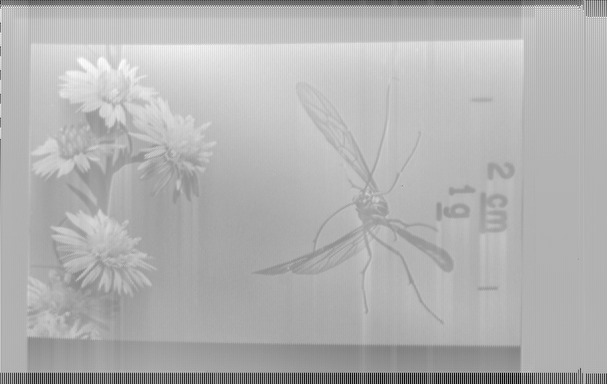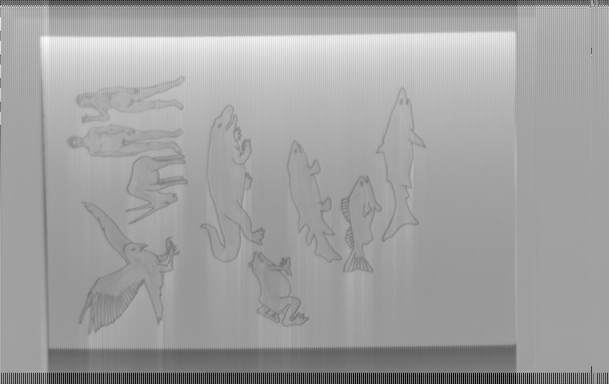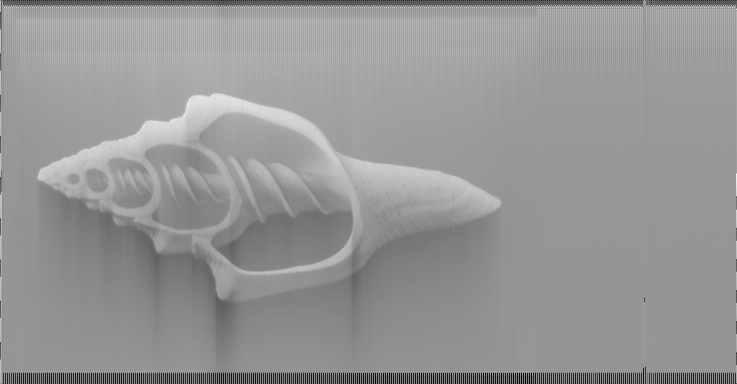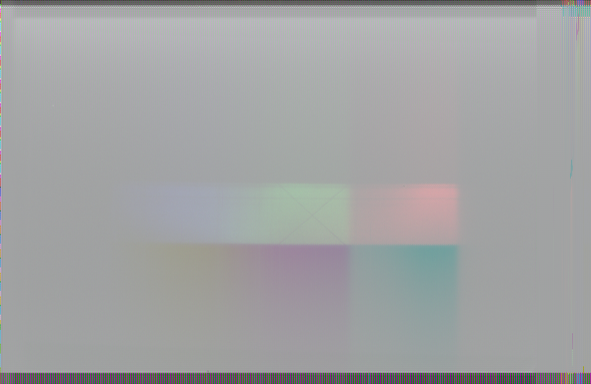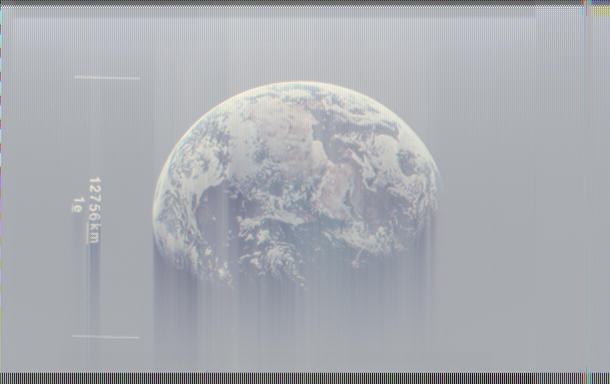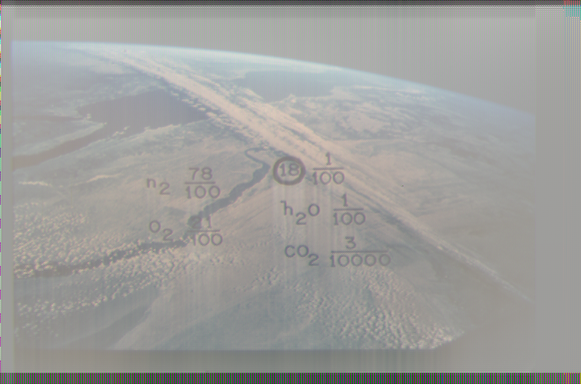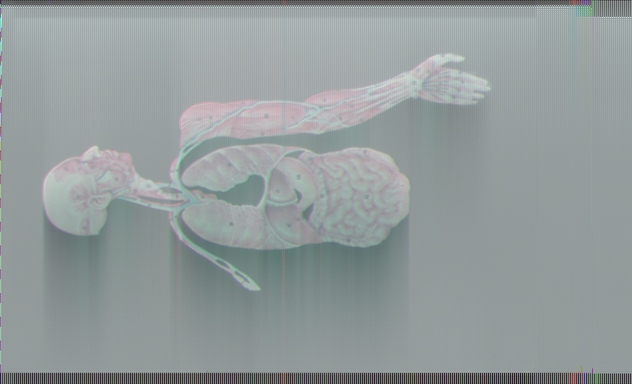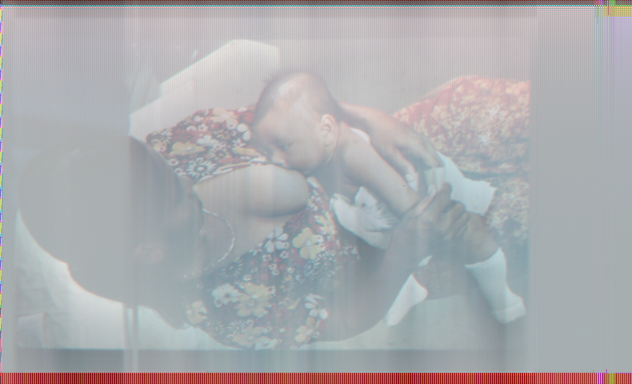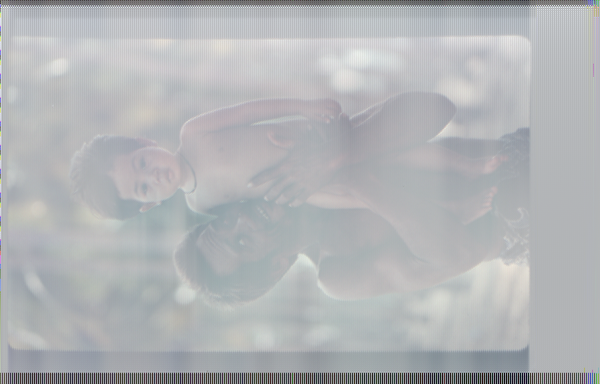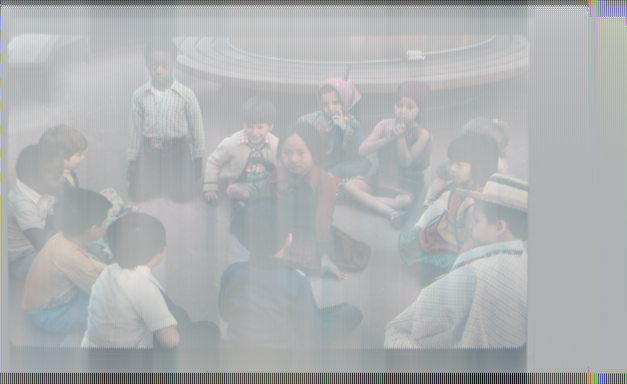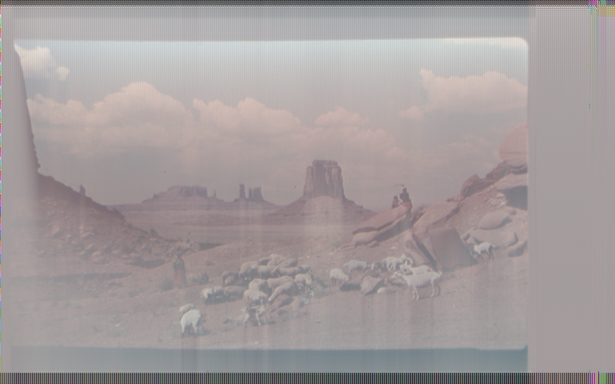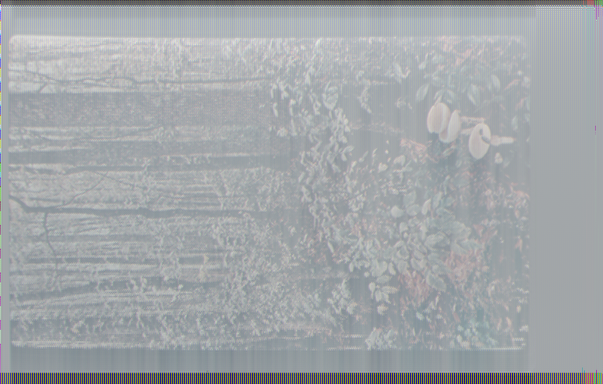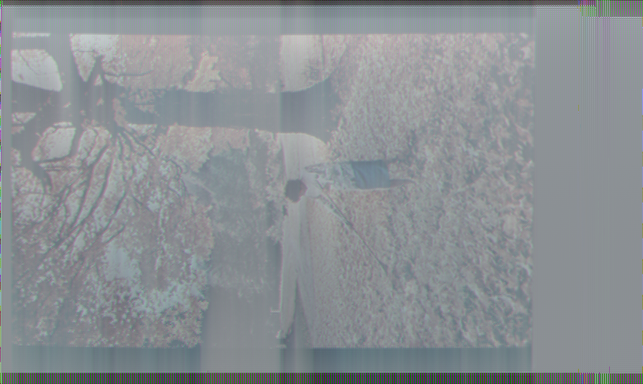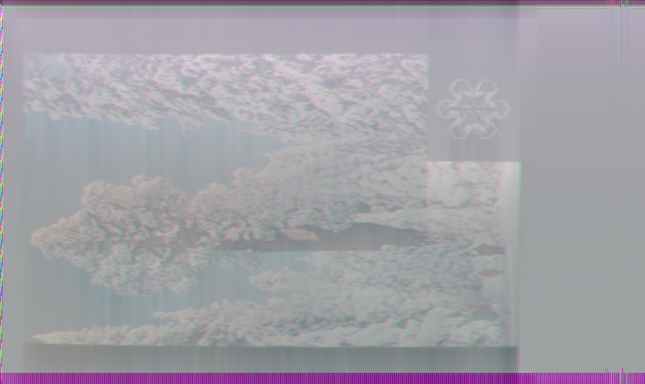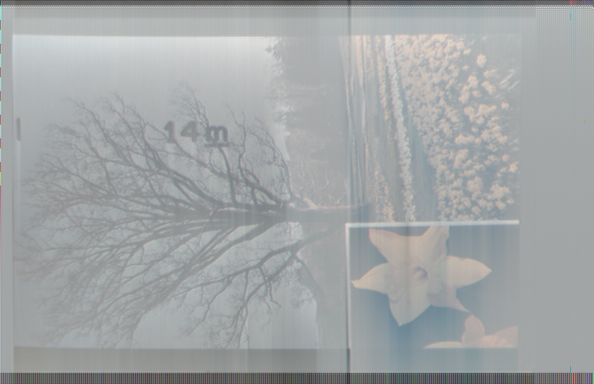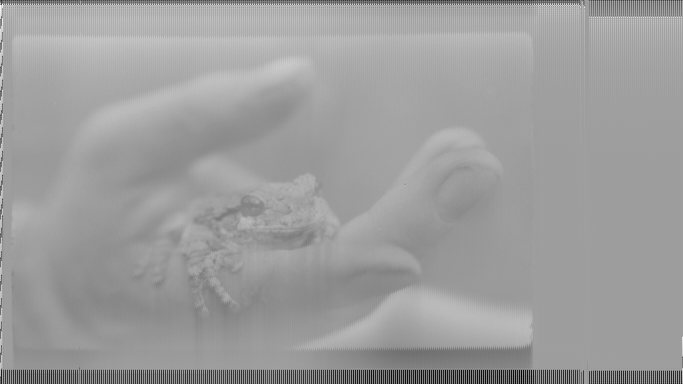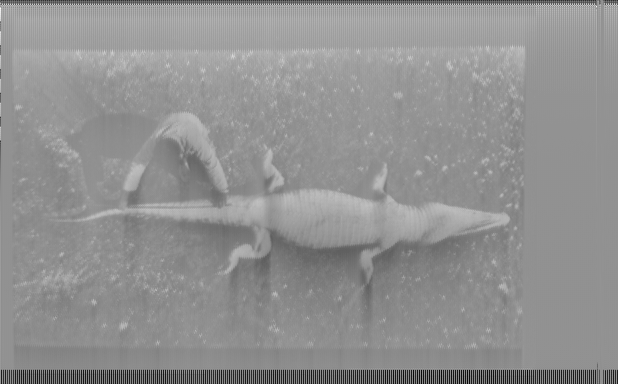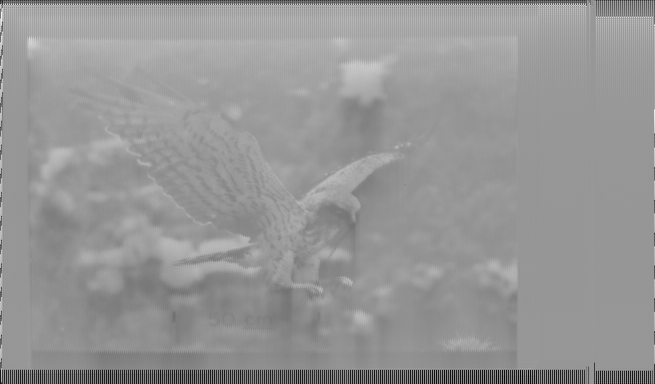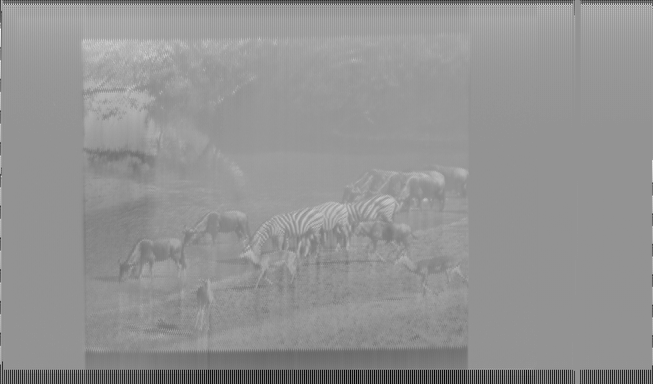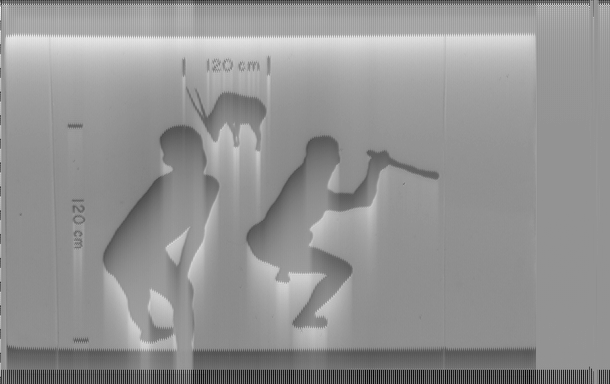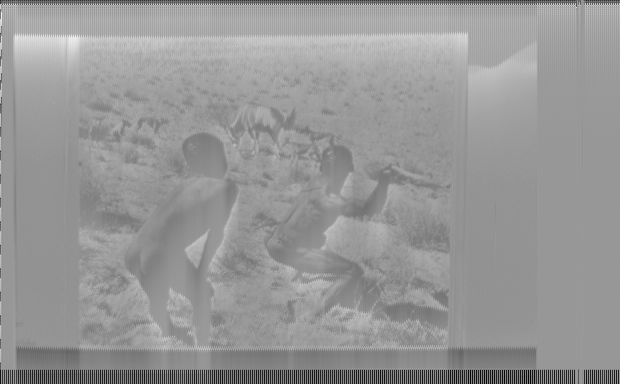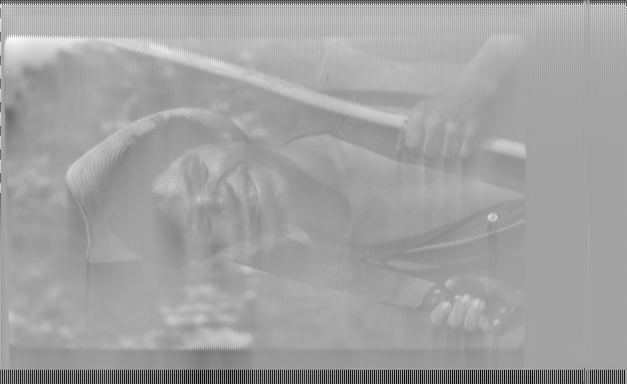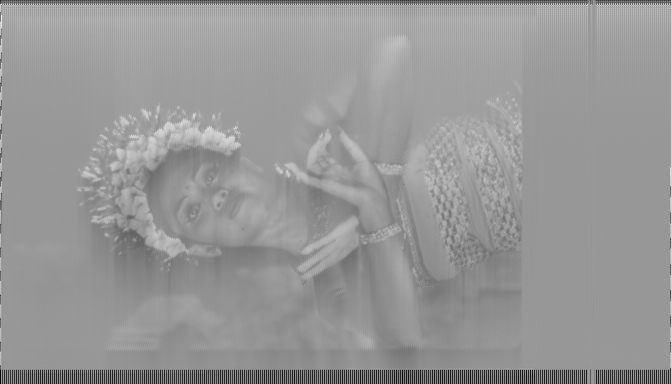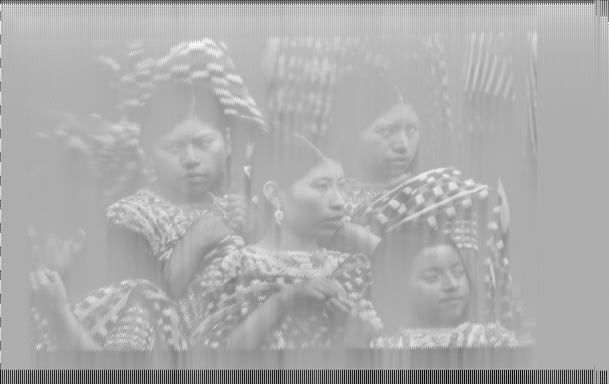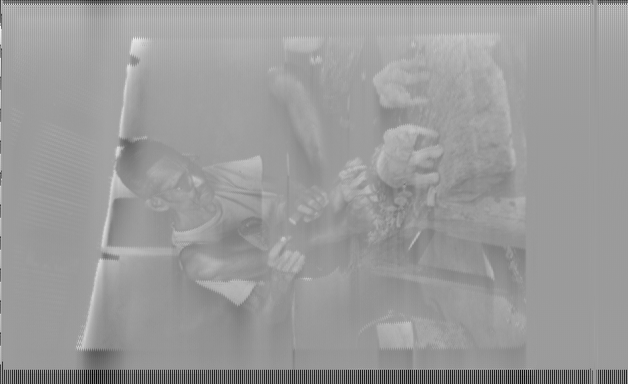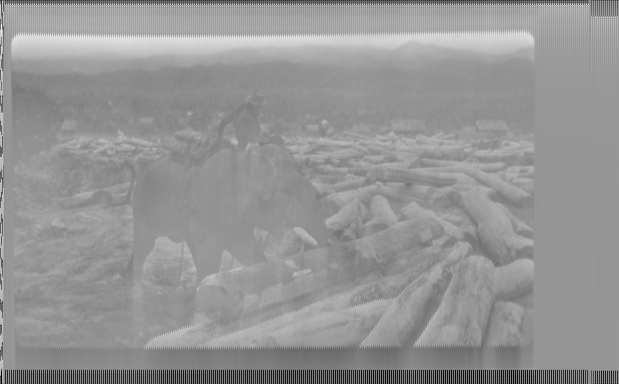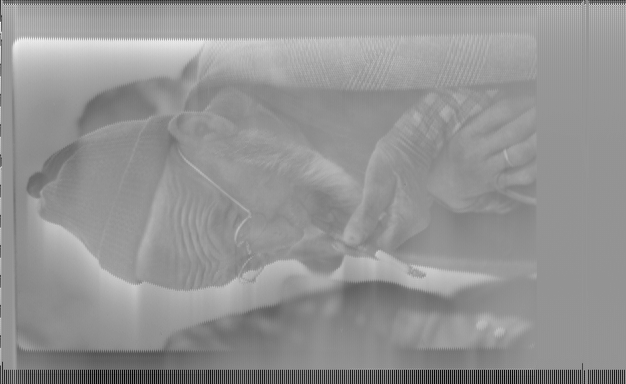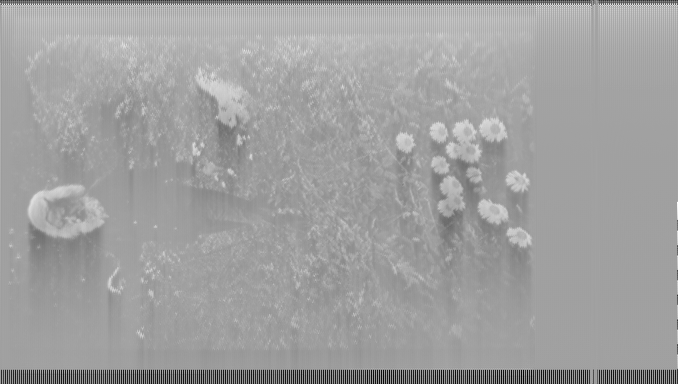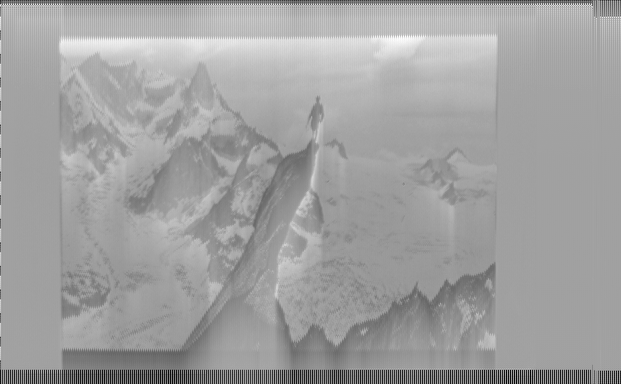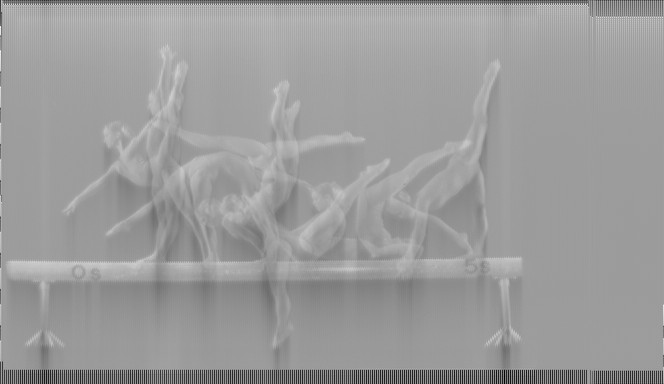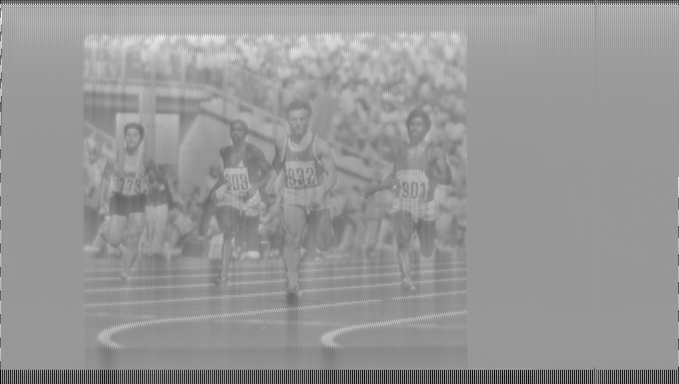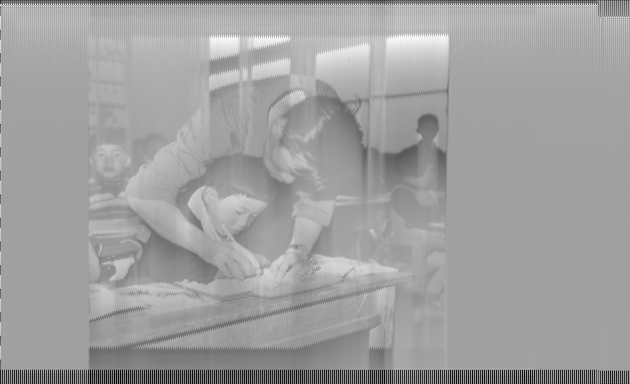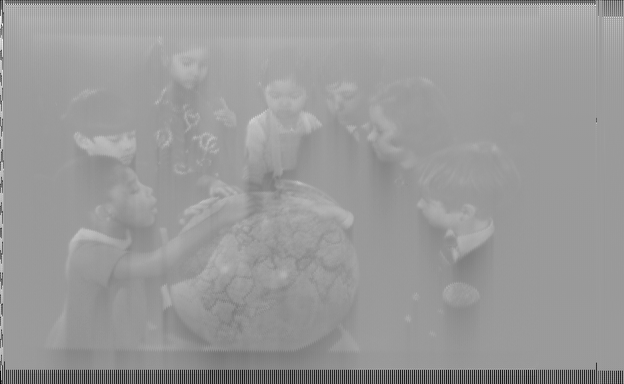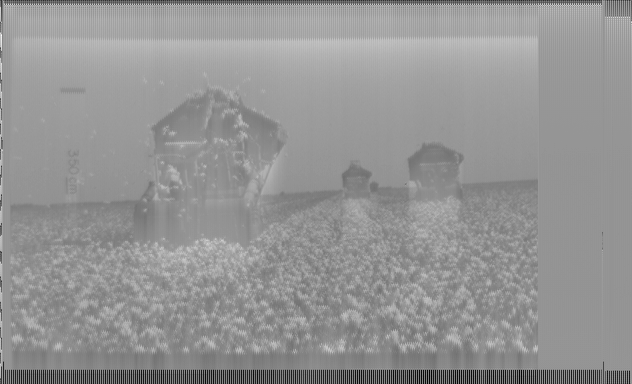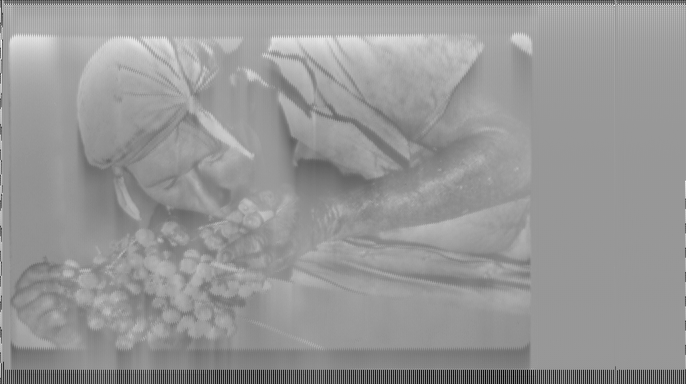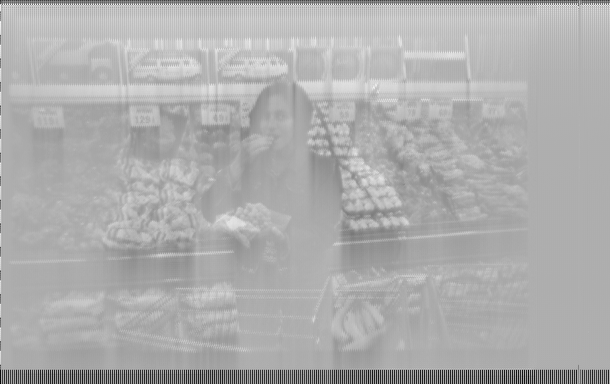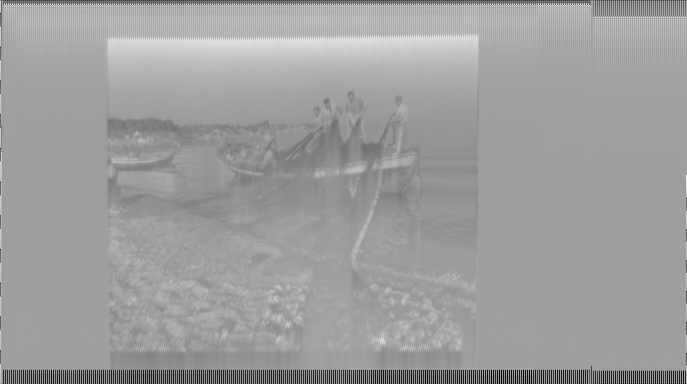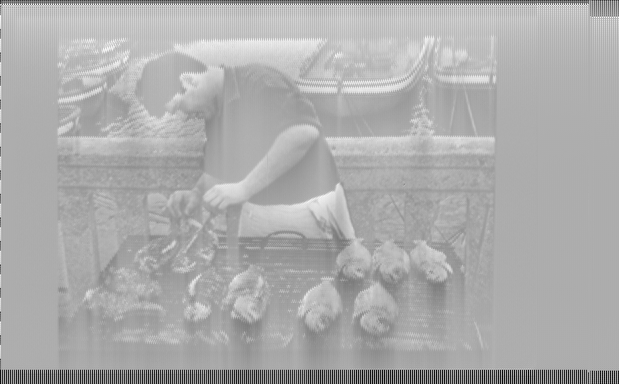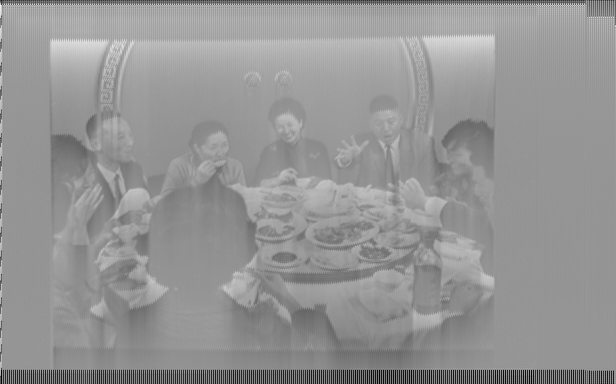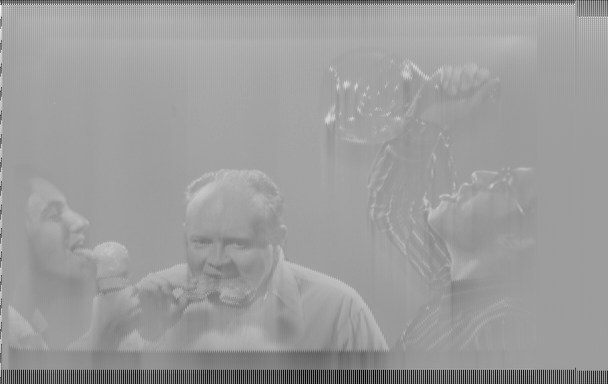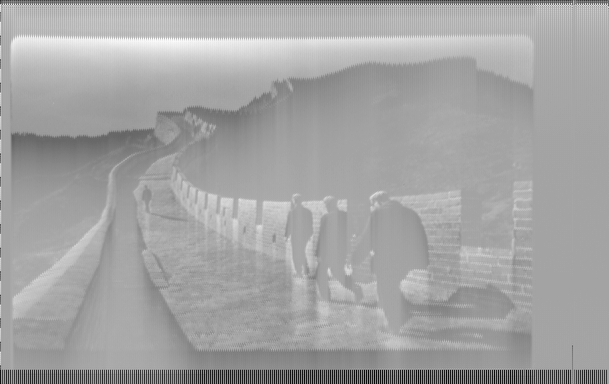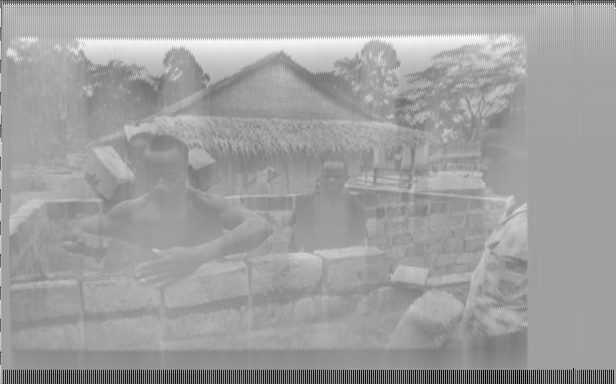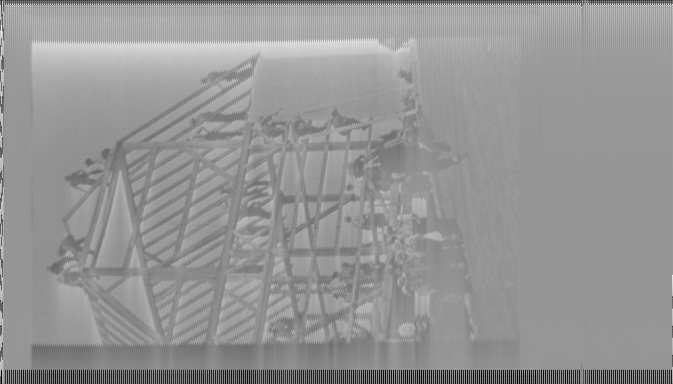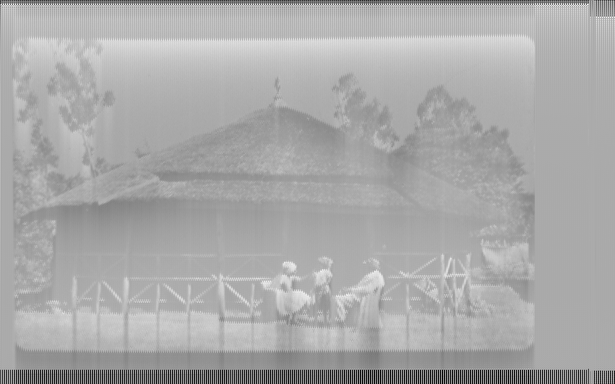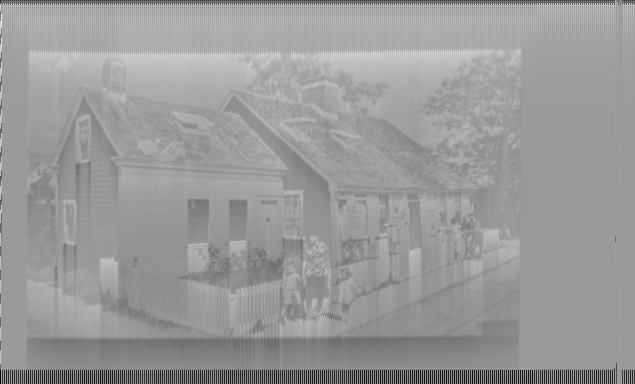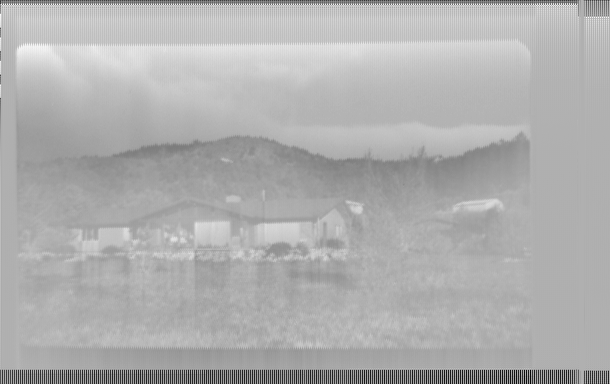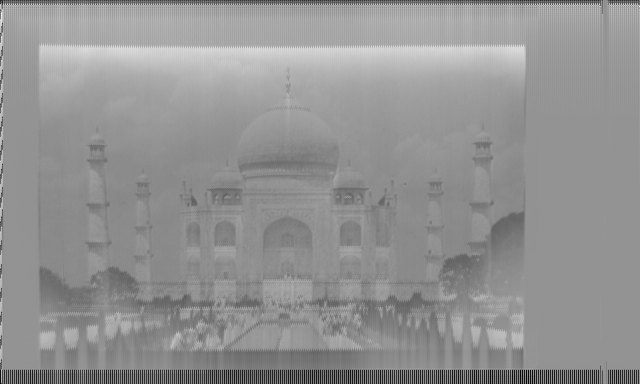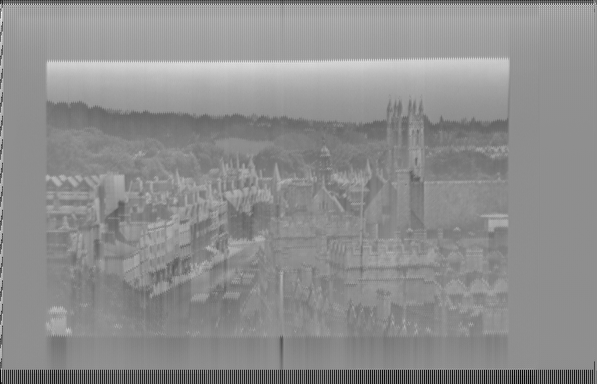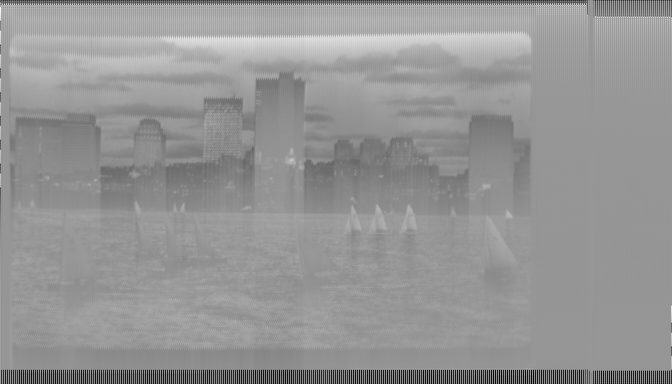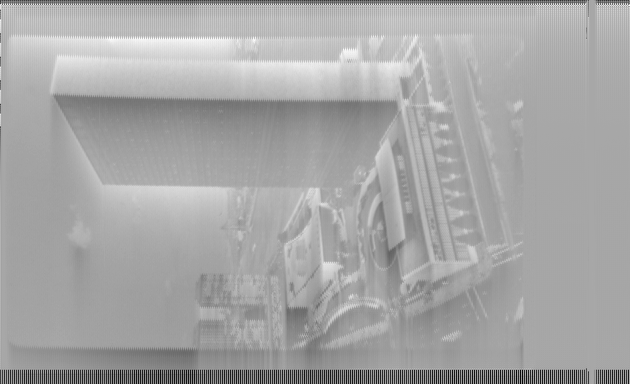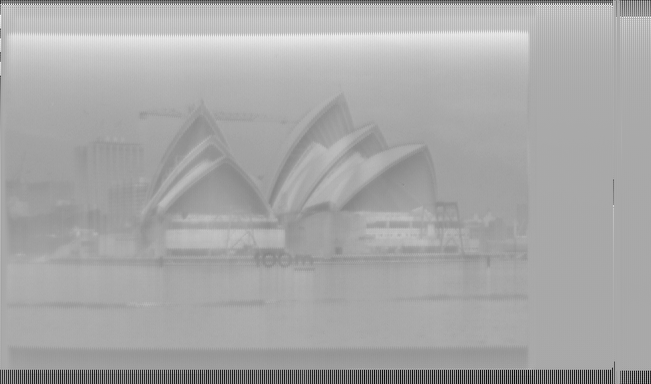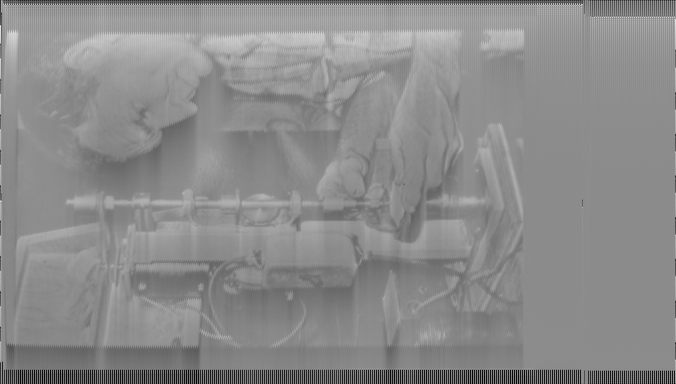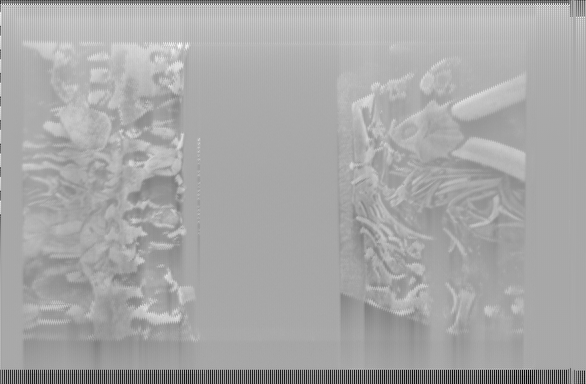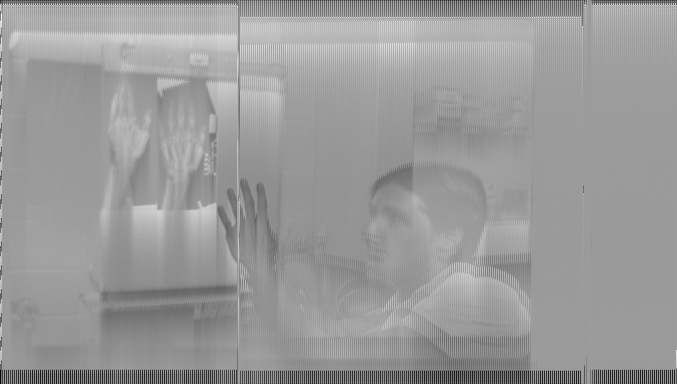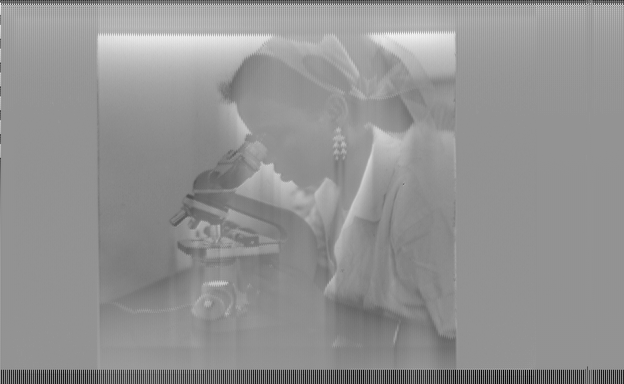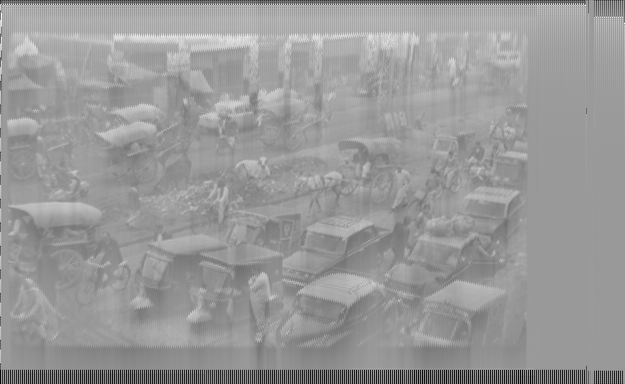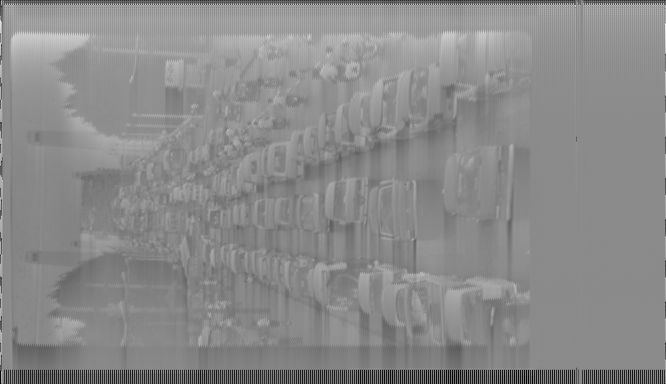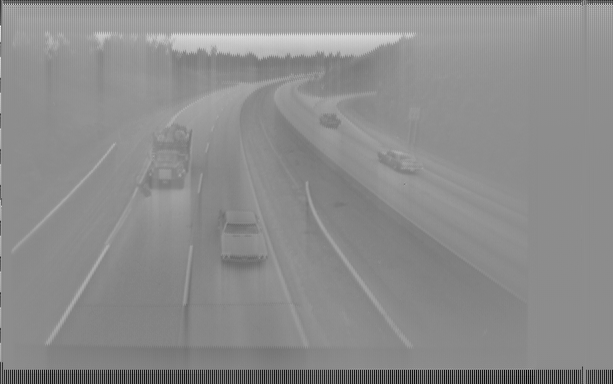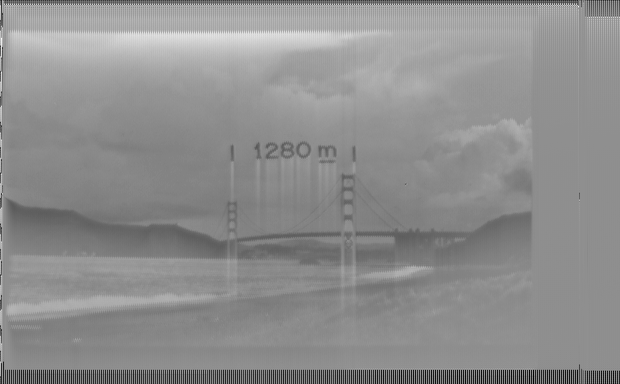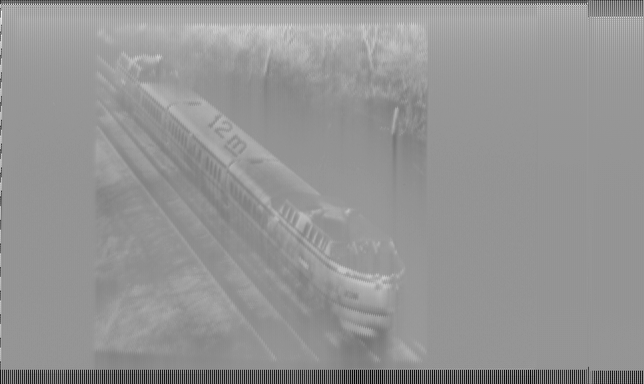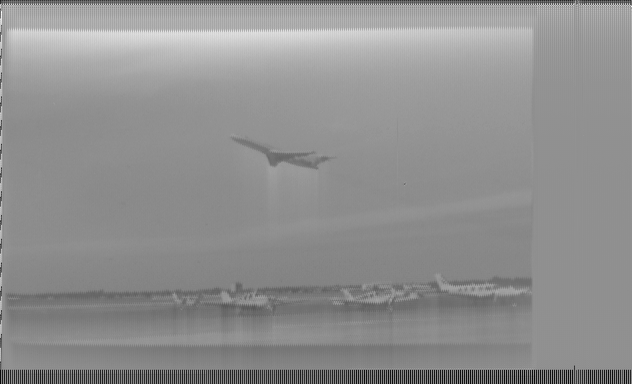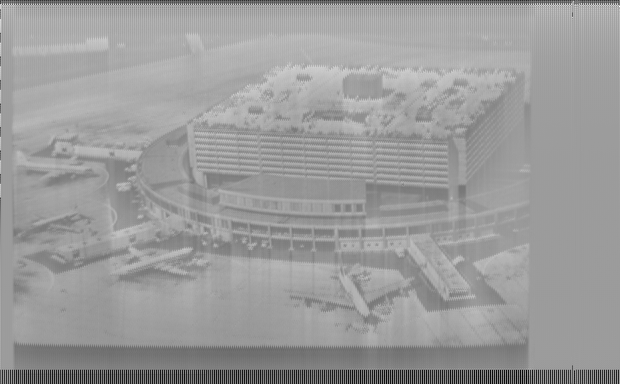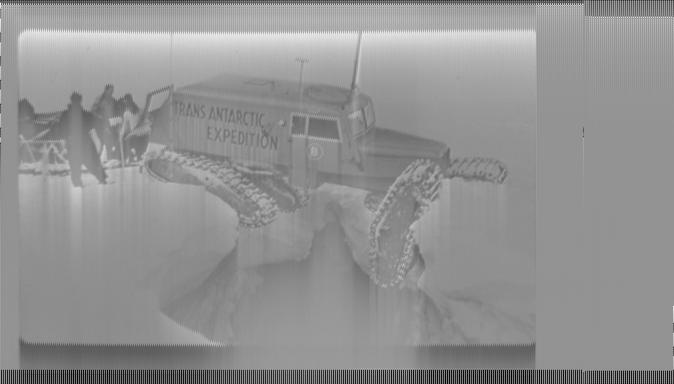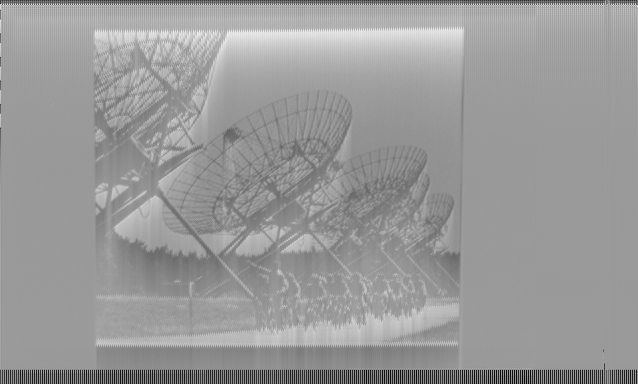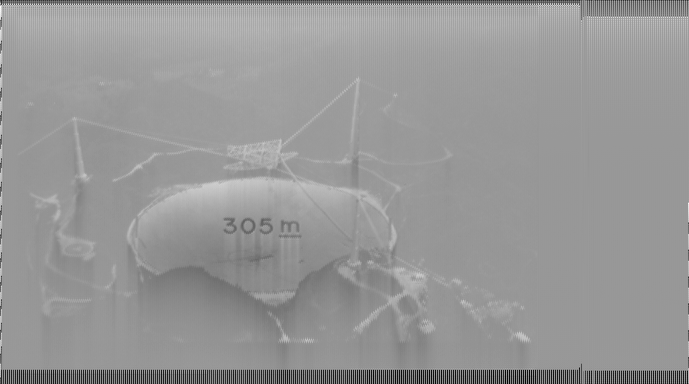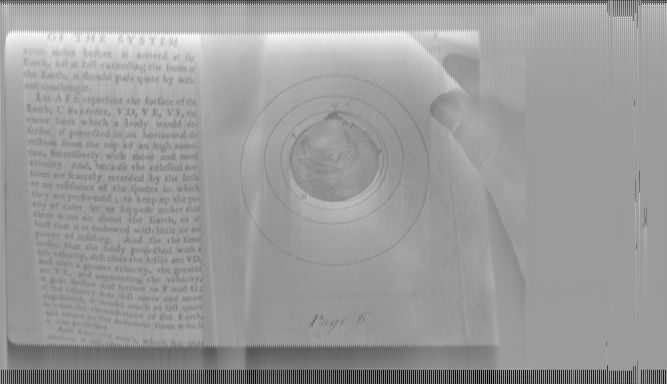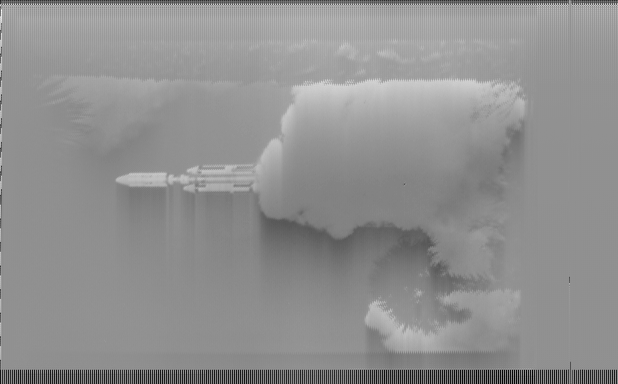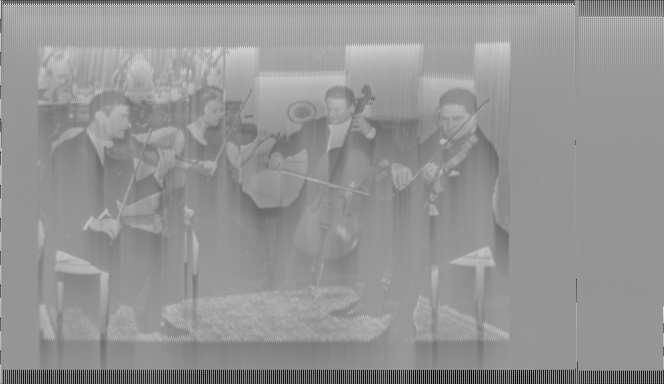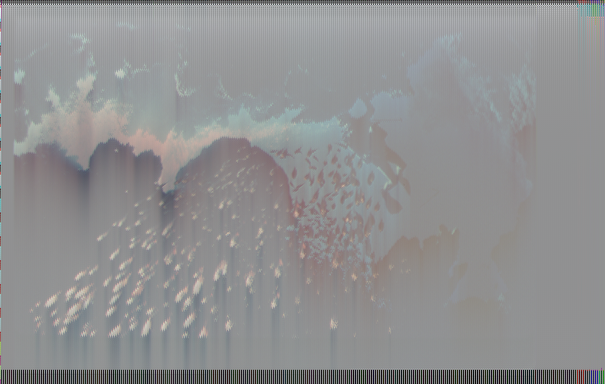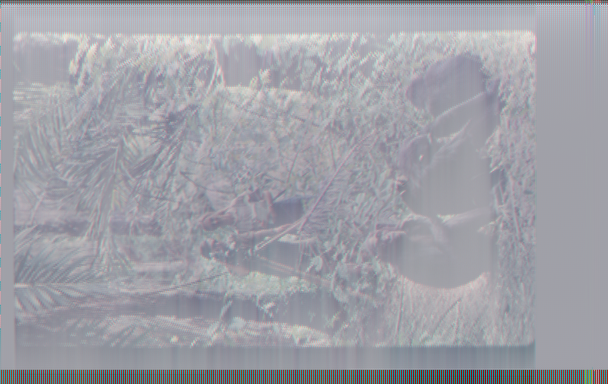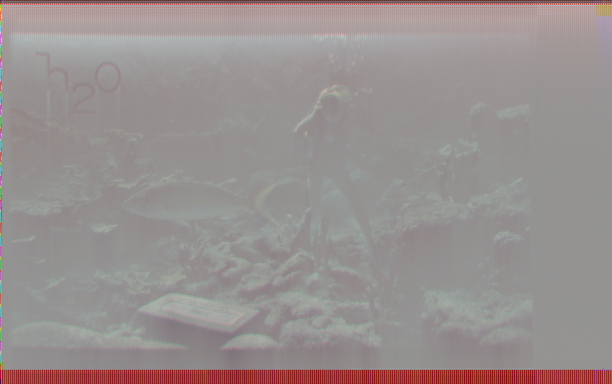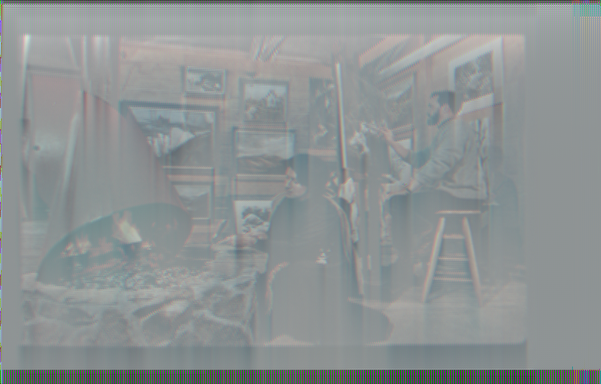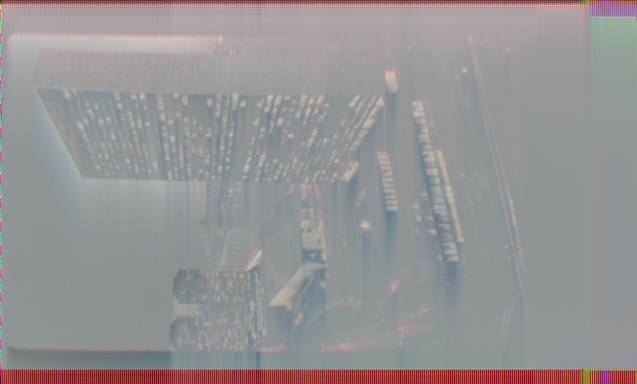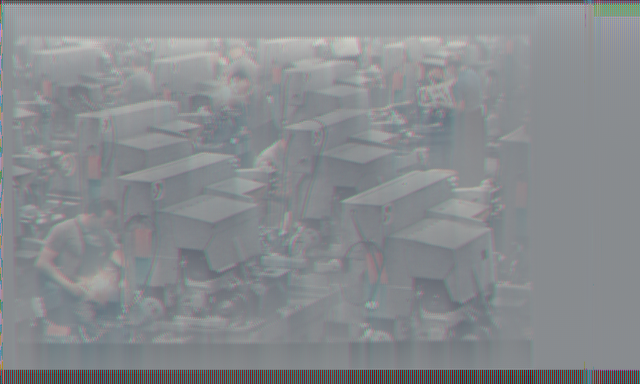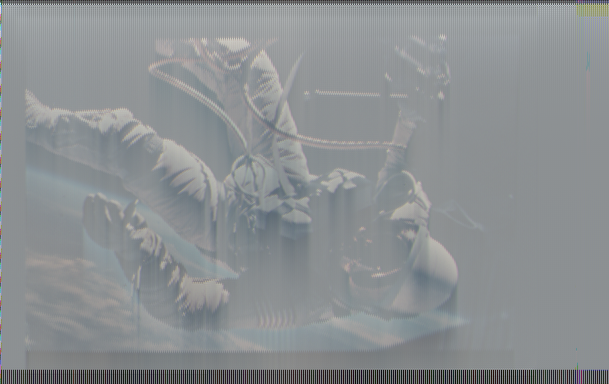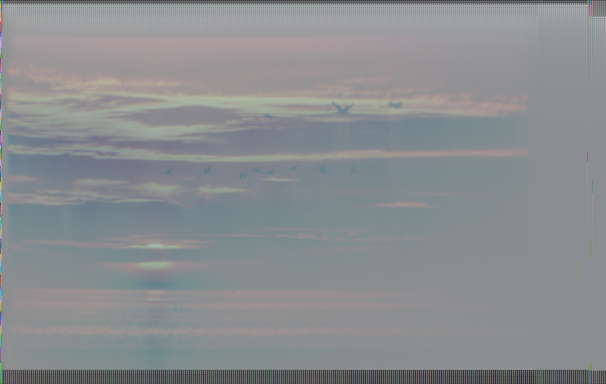(English Below) - Le immagini
Tutti sanno che nello spazio i suoni non si propagano, allora perché qualcuno nel 1977 ha sentito il bisogno di lanciare non uno ma ben due vinili, identici, attaccati alle sonde Voyager 1 e 2?
Queste due sonde sono state lanciate con l'obiettivo di esplorare i pianeti esterni del Sistema Solare, per poi uscire completamente dalla sfera di influenza del Sole, con direzione lo spazio profondo. Così, tutt'oggi queste sonde si stanno allontanando a circa 17 chilometri al secondo dal Sole.
Fine della storia? No, perché a bordo di queste sonde (che sorprendentemente trasmettono flebilmente ancora qualche dato utile) sono stati messi due vinili identici con l'idea che magari tra qualche decina di migliaia di anni possa raggiungere "qualcuno" che possa raccoglierla e interpretarla come il biglietto da visita della cività umana (Tra 40.000 anni arriverà a 1.6 anni luce da Gliese 445, che al quel tempo sarà la stella più vicina al Sole)
Come è noto un vinile ha due lati, sul primo ci sono una serie di suoni, saluti e canzoni, insomma cose che ci potrebbero stare in un vinile convenzionale, (lo si può ascoltare qui)
Il secondo lato è quello un po' più interessante da analizzare, perchè nel disco di accompagnamento si presenta così:
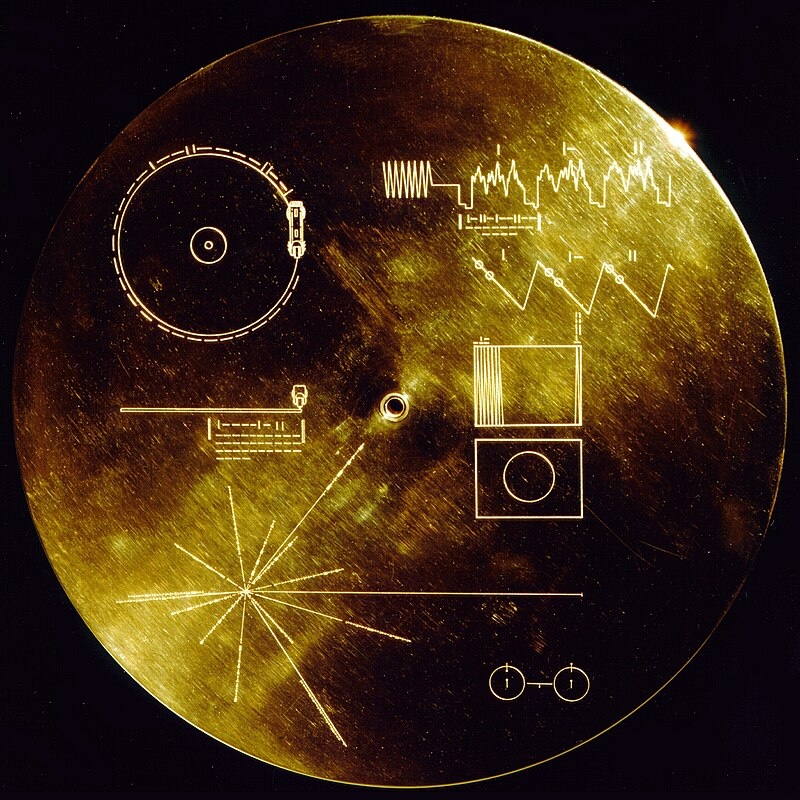
E il suo audio è ancora più particolare, perché non vi è codificata della musica ma delle immagini
voyager_images_double.mp4
Come trasformare quella particolare forma d'onda nelle immagini non è esattamente immediato, soprattutto per l'interpretazione di alcuni simboli che sono necessari, la spiegazione del metodo è in questo Notebook Python, mentre il codice pulito è in questo script - bassa definizione
In totale sono 116 immagini a risoluzione 512x386, alcune a colori e alcune in bianco e nero.
Il file utilizzato è stato registrato da una copia e reso disponibile a questo link (NOTA: il file è stato registrato a velocità dimezzata rispetto a quella effettiva, quindi è stato modificato velocizzandolo a 2x per rispettare i tempi scritti sul Golden Record) mentre un file ad una definizione molto più alta è disponibile qui
Per generare le immagini ho usato il secondo file, con le impostazioni di decoder_highquality.py
Alcune delle immagini originali possono essere viste qui, altre invece sono elencate nel sito ma non sono visualizzabili per motivi di copyright, quindi ci si dovrà accontentare di quelle decodificate, che si possono vedere più sotto
"To the makers of music – all worlds, all times"
Everyone knows that sounds do not propagate in space, so why did someone in 1977 feel the need to launch not one but two identical records attached to the Voyager 1 and 2 probes?
These two probes were launched with the aim of exploring the outer planets of the Solar System, and then completely leaving the sphere of influence of the Sun, heading towards deep space. Today, these probes are moving away from the Sun at about 17 kilometres per second.
End of the story? No, because aboard these probes (which surprisingly still faintly transmit some useful data) are two identical vinyl records with the idea that perhaps in a few tens of thousands of years, they may reach "someone" who can collect them and interpret them as a calling card of human civilisation (in 40,000 years, they will reach 1.6 light years from Gliese 445, which will be the closest star to the Sun at that time).
As is well known, a vinyl record has two sides. On the first side, there are a series of sounds, greetings, and songs, basically things that might be found on a conventional vinyl record (it can be listened to here).
The second side is a bit more interesting to analyse because the accompanying record presents it like this:

And its audio is even more peculiar because it does not encode music but images.
voyager_images_double.mp4
Transforming that particular waveform into images is not exactly straightforward, especially due to the interpretation of some symbols that are necessary. The explanation of the method is in this Python Notebook, while the clean code is in this script.
In total, there are 116 images at a resolution of 512x386, some in colour and some in black and white.
The file used was recorded from a copy and made available at this link (NOTE: the file was recorded at half the actual speed, so it was modified by speeding it up to 2x to match the times written on the Golden Record).
Some of the original images can be seen here, while others are listed on the site but, for some unknown reason, are not viewable, so we must make do with the decoded ones.
"To the makers of music – all worlds, all times"
